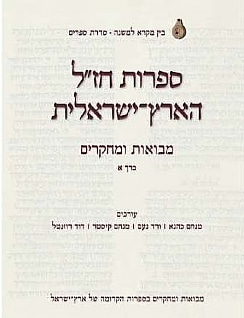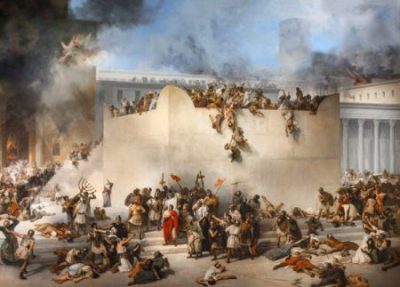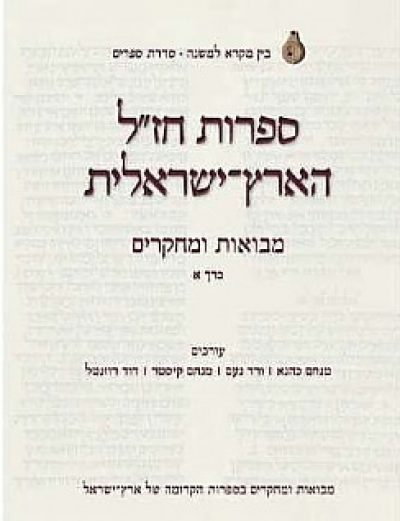Hazal is an acronym for the Hebrew words Hakhameinu Zikhronam Livrakha (our sages of blessed memory) and refers primarily to the rabbis of the Talmudic period.
The group known as the sages came into being in the second Temple times and continued until the Arab/Muslim conquest – a period of over 1,000 years. The Sages were dedicated to interpreting the Written Torah (s.v.) and applying it to Jewish life. According to their own tradition (Pirkei Avot 1:1) the Sages inherited the traditions revealed to Moses orally, passed them on and developed them further. Belief in the Oral Torah is the most important characteristic of this group. They are the creators of the Mishna, Talmud and Midrash (s.v. Torah – oral).
.jpg)
The earliest sages may have lived at the beginning of the second Temple period and may include the men of the “Great Assembly.” Early sages had attributes of judges scribes, prophets and miracle workers. Some of the sages were priests and many may have come from wealthy families. In the late second Temple period the sages challenged the aristocracy of the Priesthood with the meritocracy of their learning for leadership of the Jewish people.
The sages prominence increased from the time of the Babylonian scholar Hillel’s appearance. Hillel’s descendants, including Rabban Gamliel, assumed positions of leadership in the Sanhedrin, which was a combination of legislation and high court.
The leading figures in each generation were the Nassi (Patriarch, heb: נשיא) who was the President of the Sanhedrin and the Av Bet Din (head of the court) who was vice-President.
The disciples of Hillel (a Nassi) and his partner Shammai (an Av Bet Din) formed divergent schools of thought (Bet Hillel and Bet Shammai) whose disputes are preserved in the Talmud. Generally Bet Hillel is perceived as espousing the more lenient approach.
Rabbinic tradition refers to the sages as “Fathers of the World” which is used in a sense similar to that of Church Fathers. This is reflected in the title of the Mishnaic work Pirkei Avot (Chapters/Wisdom of the Fathers), which is a digest of sayings of the early rabbis stressing model standards for behavior. The sages ideal is described as the Talmid Hakham, literally the student of a sage but referring to an accomplished scholar in his own right.







